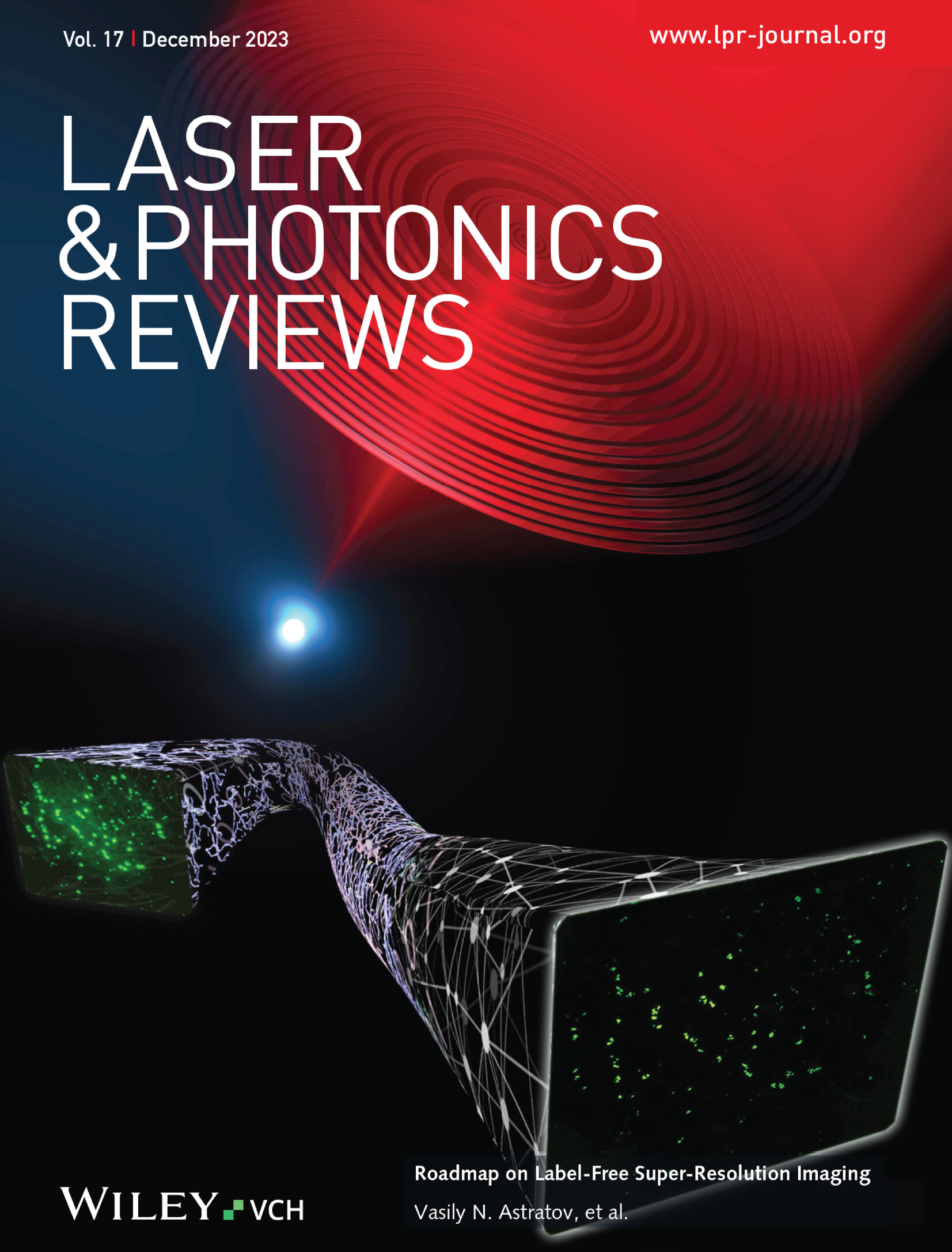From AgHgI(SO4) to AgHg3I3.2Cl1.8(SO4): Symmetry Breaking of the Belousovite‐Type Topology by Mixed Halides to Achieve Strong Nonlinear Optical Effect
IF 9.8
1区 物理与天体物理
Q1 OPTICS
引用次数: 0
Abstract
Investigations and structural designs of new sulfates are essential and challenging in the nonlinear optical (NLO) field. Herein, a new mixed metal sulfate halide, AgHgI(SO从AgHgI(SO4)到AgHg3I3.2Cl1.8(SO4):混合卤化物对belousoite - Type拓扑的对称性破坏,以实现强非线性光学效应
新型硫酸盐材料的研究和结构设计是非线性光学领域的重要课题和挑战。本文合成了一种新型混合金属硫酸盐卤化物AgHgI(SO4) (AHIS)。AHIS具有中心对称(CS) Belousovite型结构,并显示中等双折射(在546 nm处为0.19)。为了打破这种结构,该研究提出了一种同时引入不同的路易斯碱I -和Cl -的策略,该策略导致CS向非中心对称(NCS)转变,并产生了一种新的NCS化合物AgHg3I3.2Cl1.8(SO4) (AHIClS)。它在1064 nm激光辐射下具有很强的二次谐波响应(11.8 × KH2PO4),双折射大(在546 nm处为0.39),激光诱导损伤阈值高达52.9 MW cm−2,因此是一种很有前途的NLO晶体。其SHG效应远远超过大多数硫酸盐。分析了不同Lewis碱与整体结构之间的关系,为NLO材料的研究提供了有价值的见解。
本文章由计算机程序翻译,如有差异,请以英文原文为准。
求助全文
约1分钟内获得全文
求助全文
来源期刊
CiteScore
14.20
自引率
5.50%
发文量
314
审稿时长
2 months
期刊介绍:
Laser & Photonics Reviews is a reputable journal that publishes high-quality Reviews, original Research Articles, and Perspectives in the field of photonics and optics. It covers both theoretical and experimental aspects, including recent groundbreaking research, specific advancements, and innovative applications.
As evidence of its impact and recognition, Laser & Photonics Reviews boasts a remarkable 2022 Impact Factor of 11.0, according to the Journal Citation Reports from Clarivate Analytics (2023). Moreover, it holds impressive rankings in the InCites Journal Citation Reports: in 2021, it was ranked 6th out of 101 in the field of Optics, 15th out of 161 in Applied Physics, and 12th out of 69 in Condensed Matter Physics.
The journal uses the ISSN numbers 1863-8880 for print and 1863-8899 for online publications.

 求助内容:
求助内容: 应助结果提醒方式:
应助结果提醒方式:


